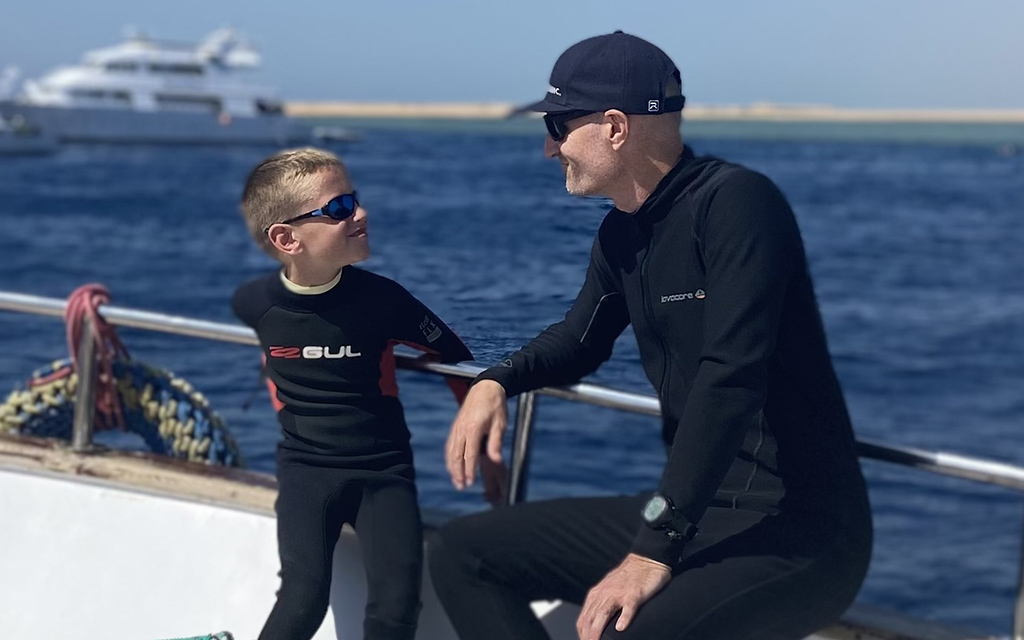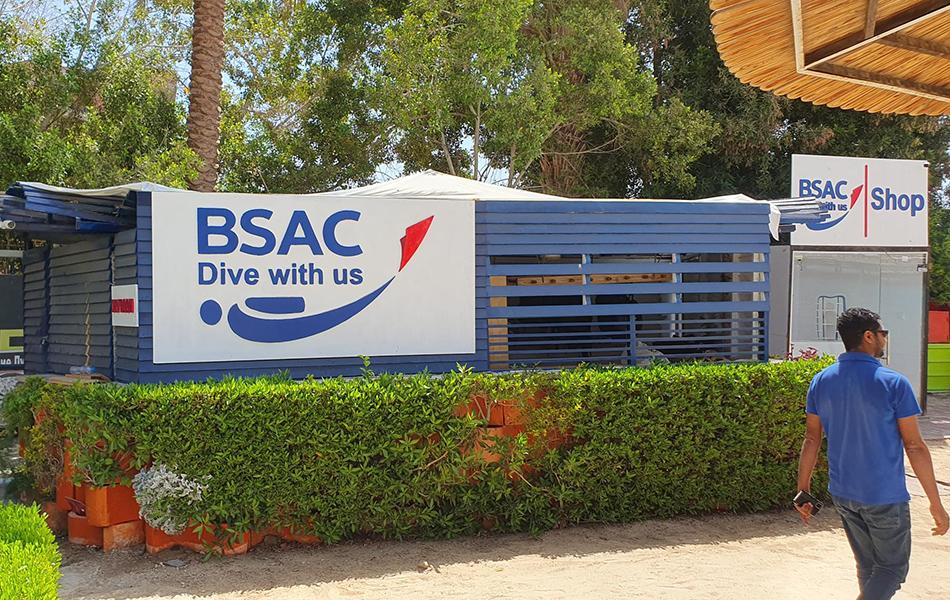
An overseas dive trip means time outdoors and exposure to the sun. As many sun creams are toxic to marine life, particularly corals, how can you stay sun safe while diving? BSAC's environmental contributor Kerry MacKay investigates.
I’m excited for my first warm water dive trip in almost a decade. The Red Sea! Just thinking about it you can almost feel the sun. Being a fair Scott however, too much sun is a bit of a problem.
We all know the importance of protecting our skin from the sun. You’ve probably also heard that many sun creams are toxic to marine life, particularly corals. An estimated 14,000 tons of sunscreen is deposited into the ocean annually!
So how can you stay sun safe while diving?
Unfortunately, you can’t rely on suncream brands that make 'reef-safe' or 'reef-friendly' claims...
The simplest and most effective thing you can do is stay in the shade. This could be staying in the shadow of a building on shore, or under the canopy on the boat. Want to take your shade with you? Get a parasol for yourself.
Obviously, this has its limitations for snorkelling or diving. You can still get sunburned underwater. In fact, to get the equivalent of SPF 10, you need to be at almost 50m depth.
Next option is to cover-up. No chemicals needed. Rash vests and leggings are perfect for this. You can get all sorts of funky and stylish patterns. They help keep the wind chill away and offer protection from stingers too.
For your head, you can wear a thin hood to keep the sun at bay while diving or snorkelling. For topside, get yourself a sexy wide-brimmed hat. Pair this with some UV blocking sunglasses and you’re pretty much sorted. You can even get thin sun gloves or wear thin neoprene ones.
I hear you though, you still want some suncream just in case. Unfortunately, you can’t rely on brands that make “reef-safe” or “reef-friendly” claims, as there is no government regulation for this and manufacturers are not required to test if the product is impacting reefs.
You’ve got to check the ingredients list. Top of the ingredients to avoid are Oxybenzone and Octinoxate. Additionally, look out for Benzophenone-1, Benzophenone-8, OD-PABA, 4-Methylbenzylidene camphor, 3-Benzylidene camphor, and Octocrylene. These can affect corals’ reproductive cycle, damage DNA, and worsen the effects of coral bleaching.
The Coral Reef Alliance recommend using mineral suncream with non-nano Titanium Dioxide or Zinc Oxide as the active ingredient. They might leave you looking a little chalky white, but you and the reef will be better for it. These are the safest suncreams we are currently aware of, but know that no creams are truly “reef safe”.
For my Red Sea trip, I’ll be keeping to the shade, covering up with my rash vest and leggings, and wearing a hat and sunglasses. For my face and hands while in the water I’ve chosen Blue Lizard SPF 50+ Sensitive mineral sunscreen. Do you have a reef-safe favourite SPF?

 Author: Kerry MacKay | Posted 07 Jul 2023
Author: Kerry MacKay | Posted 07 Jul 2023



